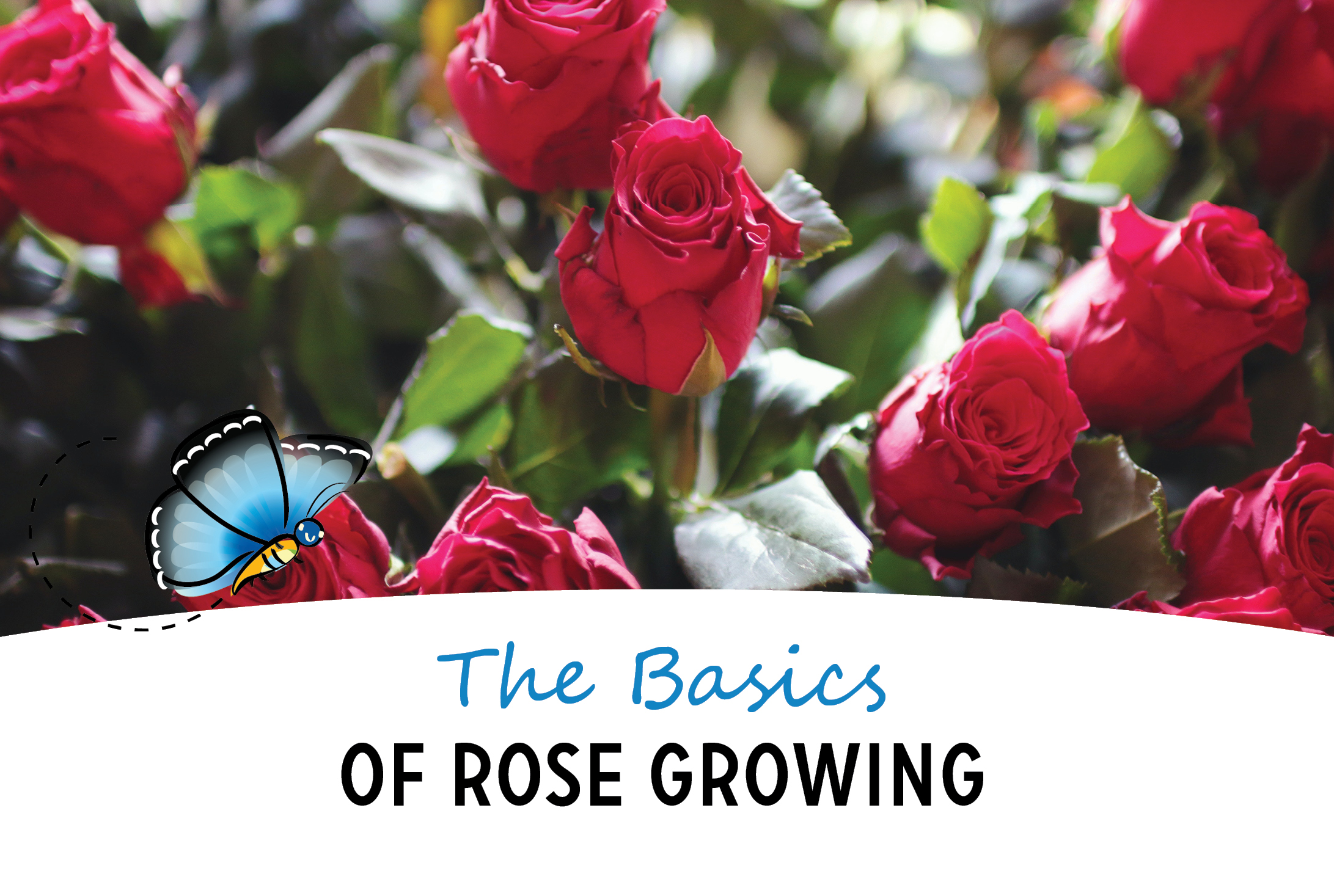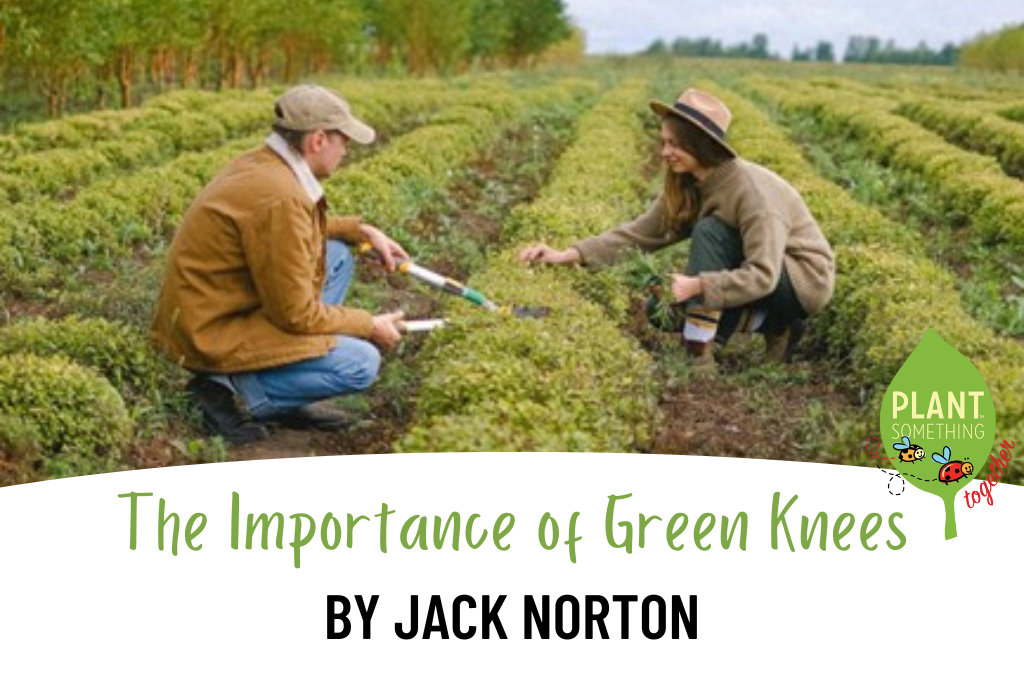Roses have played their part in our lives for hundreds of years; the roses we have in our gardens today are a result of centuries of breeding and hybridization. This has given us thousands of varieties and it can be a little daunting when first venturing into the world of roses. Roses are great for providing us with months of colour and scent right through until late fall. Their flowers are great attractants to bees and other pollinators and help boost the biodiversity of our gardens.
Roses are tough and are much easier to grow than most people think. Many people are worried about growing roses, thinking they need very particular care and attention. There is a rose for almost any setting in the garden and pretty much any type of garden, from the large acreage to the smallest patio. Following a few simple steps will give you great success when growing roses in your garden.
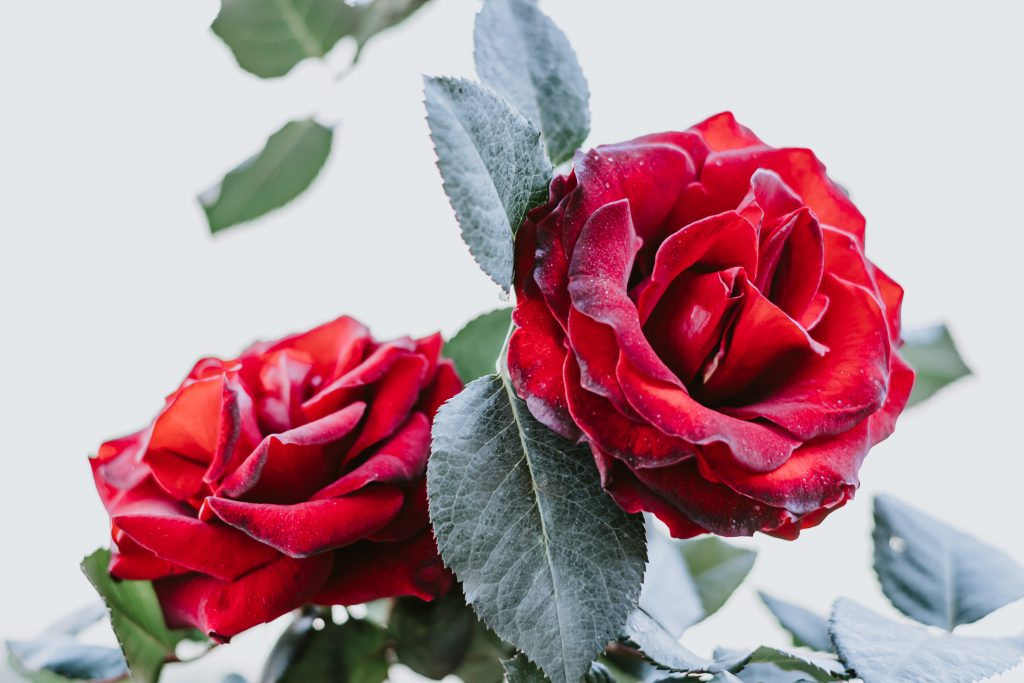
First of all, it can be bewildering when you start to come across words such as ‘Floribunda’ and ‘Hybrid Tea’. These are two types of roses commonly used in the garden and below is an overview of the general terms.
- Floribunda produces multiple flowers on one stem.
- Hybrid Tea produces single flowers on one stem, typically used in floral displays.
- Grandiflora are taller plants that produce single flowers on one stem and usually lack strong fragrance.
- Climbers and Ramblers, roses with long stems that can be trained against a wall or left to spread across the ground.
- Minature roses, very small rose plants with a compact habit a smaller flowers. Often found in supermarkets.
- Standard Roses, these term means it has been grafted (attached) onto a tall stem to give the appearance of a small tree.
- Old World roses, Gallicas and Damask roses are old varieties that appeared before the breeding with China roses. These flowers typically once at the beginning of the season but prized for their flowers and fragrance. These are rarely found in Canadian nurseries.
- China Roses, are continuous bloomers that were introduced to Europe in the 18th century and were crossed with the old world roses to give us what we now term Antique roses. David Austin Roses are a popular grower of modern Antique roses.
- Species roses are wild-type roses such as our native roses that grow naturally in our local environment.

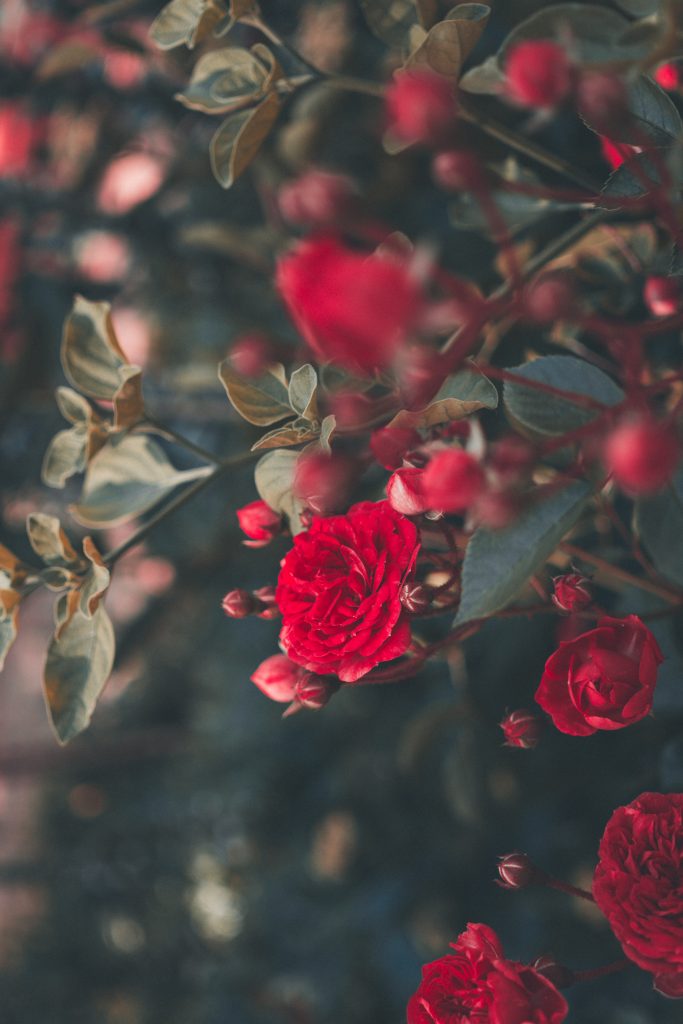
When looking at the rose selection at your local garden centre or nursery it is important to look at the size the rose bush will eventually grow to, smaller floribunda roses are great for pots where they will provide lots of flowers throughout the summer season. If you want to use your rose for cut flowers inside the house then Hybrid Teas and Antique roses such as David Austin’s are a great choice. Personally, I grow many types of Antique roses in pots and have cut flowers from May until November if the weather remains mild. Climbing roses are great for training over an arbour or a wall that receives plenty of sun. You can consider growing shorter climbers in pots and trained on obelisks, these maximize your space by growing upwards rather than out. There are also many types of shrub roses that are very easy to grow and need less maintenance, an example of these are the Proven Winners ‘Oso Easy’ range and the ‘Knock Out’ group of roses. The ‘Drift’ series are tough, low and mounding and need minimal maintenance, a great option for the beginner gardener.
Roses grow best in full sun but it is surprising that even with just morning sun they will still flower very happily, cheering up a spot where a splash of colour is most needed. When growing in pots make sure to use one with adequate depth, something at least 18” deep will ensure the roots have plenty of room to establish and help keep the plant hydrated during the hotter months. A good tip is to line your pots with bubble wrap or packing foam before adding the soil, this helps insulate the roots from the frost in case we have a particularly cold spell in winter.
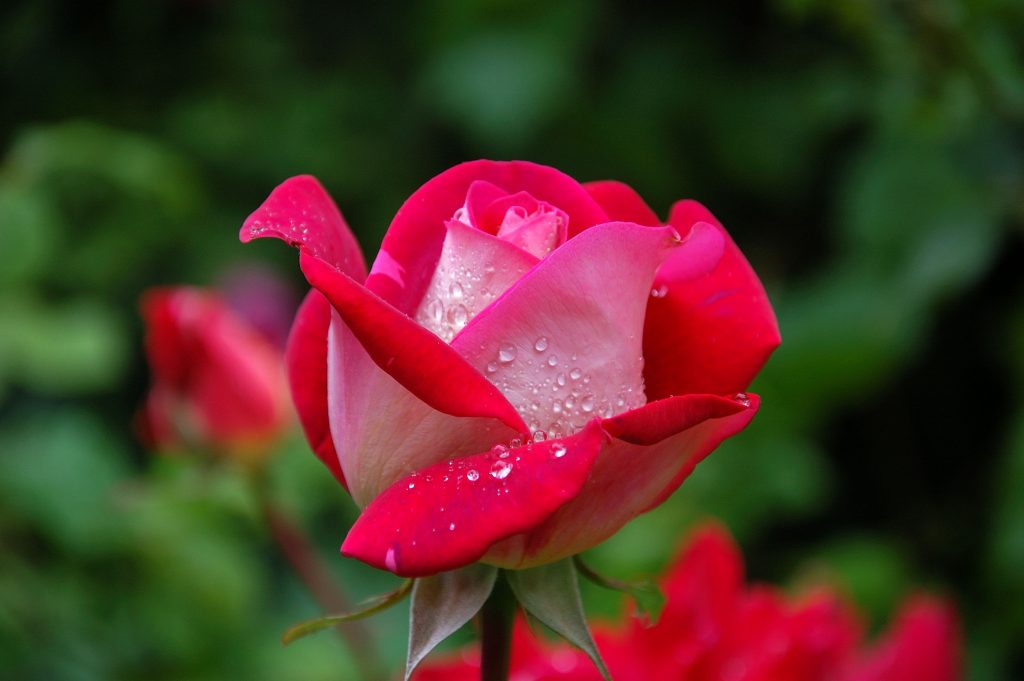
A light prune at the end of the flowering season helps prevent damage from high winds, but prune back no more than a third. The main prune on roses should be done in spring and best to do this after the last frost in mid to late April. Doing it any sooner increases the risk of new growth flushing out getting damaged by the frost. Don’t be scared to prune your rose hard in the spring, they can take it and will reward you with lots of nice new growth. Remove any woody or dead growth at the same time. Pruning climbing roses is about maintaining a clear framework and more about removing diseased, damaged or stems that are rubbing against each other.
Some tips on managing pests and disease, as with all plants in the garden there is always the risk of pests and disease affecting growth. The two main issues you may face with roses are Aphids (greenfly) and black spot (a fungal leaf disease). As with all issues in this respect, regularly monitoring your plants will help stop a problem before it gets out of hand. Aphids usually appear early in the season and will be most visible at the tips of the new growth. Spraying with insecticidal soap will soon get these in check, if you don’t like spraying then you can use ladybugs as a natural control. Physically squashing them also works if you aren’t squeamish! A gentle fungicide such as Safer’s Defender will help with issues such as black spot or powdery mildew. You can also help prevent these problems by not watering the leaves and thinning out any congested growth to increase air circulation around the plant.

Roses are heavy feeders so they will appreciate a mulch of well-rotted manure at the beginning of the season, mulching any plant in spring will help with moisture retention and give the surrounding soil a boost of organic goodness! You should also apply a slow-release rose food as they start to grow and again later on in the season. Trimming off flowers that have begun to fade (known as deadheading) is very important so that the rose puts its energy into making more flowers.
This covers the very basics of rose growing, for more information and advice you can talk to your local greenhouse or nursery where they will be happy to help and assist you.
Niall Wimsey
BSc. (Hons) Hort.

